-
Welcome to Tacoma World!
You are currently viewing as a guest! To get full-access, you need to register for a FREE account.
As a registered member, you’ll be able to:- Participate in all Tacoma discussion topics
- Communicate privately with other Tacoma owners from around the world
- Post your own photos in our Members Gallery
- Access all special features of the site
How-To: Planning a Trip/Route (with Google Earth, GPX, KML, and more)
Discussion in 'Off-Roading & Trails' started by turbodb, Jun 12, 2018.
Page 1 of 3
Page 1 of 3


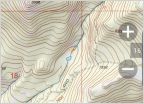 What Navigation Device do you use?
What Navigation Device do you use?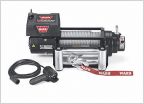 Which winch?
Which winch? Stop hungry animals from eating wiring and stuff?
Stop hungry animals from eating wiring and stuff?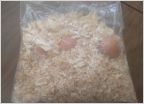 Tip for carrying eggs
Tip for carrying eggs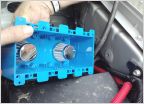 Two-Way Diff and T Case Breather MOD
Two-Way Diff and T Case Breather MOD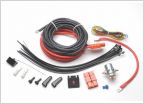 3rd Gen 110v Rear Winch?
3rd Gen 110v Rear Winch?